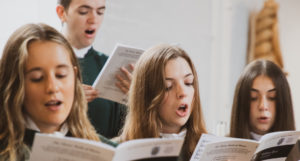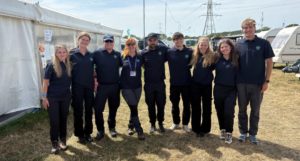Exeter historians create new Transatlantic Slavery heritage trail for historic city
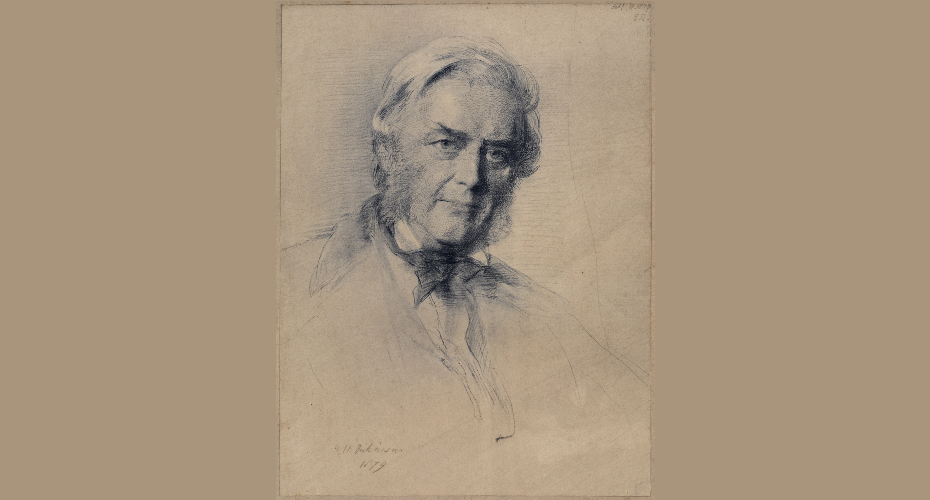
Portrait of Francis Henry Dickinson (1813-98), head of the Westcountry slave-owning family. South West Heritage Trust DD/DN/12/5
The medieval cathedral city of Wells – a major tourist destination in the Westcountry – has unveiled a new heritage trail that reveals for the first time how some of its key sites have historic connections to Transatlantic Slavery.
The Wells and Transatlantic Slavery self-guided trail highlights how landmarks in the Somerset city, such as Wells Cathedral, The Bishop’s Palace, Wells & Mendip Museum and several of the grandest Georgian townhouses, have historic connections with the Transatlantic slave trade and the plantations of Britain’s one-time colonies in the West Indies.
The trail shows how the buildings, their interior decoration and their furnishings carry links to this past, discovered as a result of research carried out by historians and students at the University of Exeter, working in collaboration with heritage organisations and community groups in Wells and in the Caribbean.
The trail was formally launched at a conference on Thursday for the Wells and Transatlantic Slavery Project, which has drawn together representatives from both communities, including the High Commissioner for Antigua and Barbuda, H.E. Karen-Mae Hill.
“Many historic landmarks in Wells were built or rebuilt with wealth from slave plantations in the West Indies,” says Professor James Clark, Professor of History and Director of the Societies and Cultures Institute. “But until now, these have been hidden histories and what this project has done is draw back the curtain on what some might see as challenging territory, telling this story for the first time.”
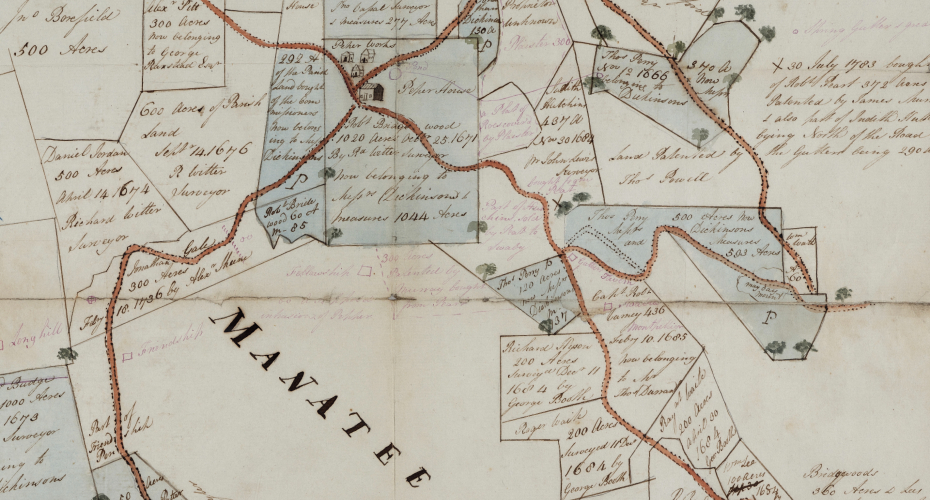
Professor Clark, a specialist in archival research who works extensively in the heritage sector, has been supporting the Wells and Transatlantic Slavery Project as part of the Societies and Cultures Institute’s commitment to developing impactful research to advance Social Justice, a central ambition of the University’s Strategy 2030.
Two University Research Internships were funded to progress the project, held by final-year undergraduate Tommy Maddinson (now a postgraduate student at UCL) and Master’s student Debbie Manners.
Together, they scoured local and national archives discovering how slave-owning families – such as the Dickinsons and the Tudways, who owned plantations respectively in Jamaica and Antigua – had been instrumental in the development of Wells in the 18th and early 19th centuries, with their legacies evident in areas such as religion, banking, public education and land-ownership.
They learned that slavery-derived wealth helped to fund the restoration of Wells Cathedral’s unique medieval architecture, and that a number of the Cathedral canons were themselves members of slave-owning families. One canon, John Pinder (1794-1868), was a vocal opponent of the abolition movement in the 1820s. The plantation wealth of the Tudway family paid for the building of Wells Town Hall where the chandelier they presented can still be seen today.
These insights into the cityscape are now captured in the trail map and information panels which visitors can follow around the city.
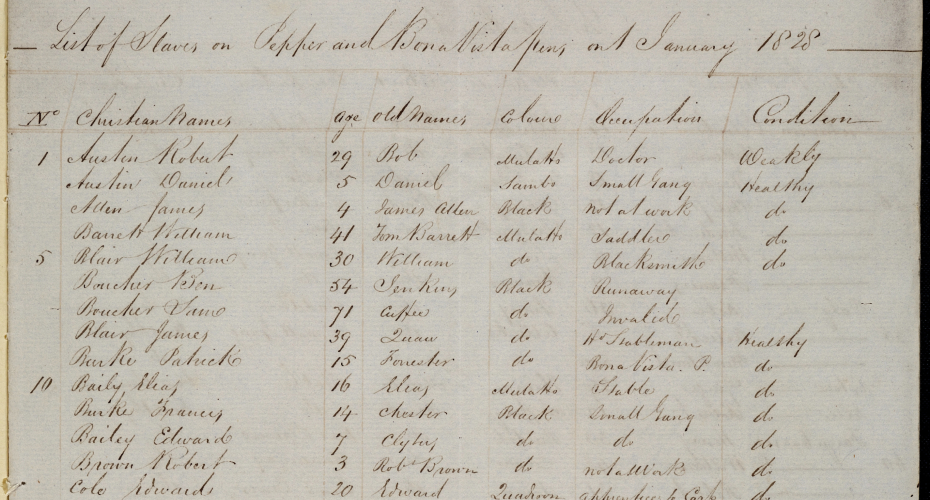
Professor Clark said: “Although this concerns people and events 200 years ago, our conference calls with our West Indies collaborators at once brought into focus how the legacy of the Westcountry’s involvement in this atrocity is ongoing.”
The findings of the project are now being presented in GCSE and A level workshops for local schools, led by Exeter students, supported by Professor Clark.
Visitors to the conference, which took place at Cedars Hall, Wells, were among the first to see the finished trail. Renowned actor Paterson Joseph, author of the recent and critically-acclaimed The Secret Diaries of Charles Ignatius Sancho recorded a short performance especially for the event.
The project has been supported by Wells Cathedral, Wells Cathedral School, Wells & Mendip Museum, St. Cuthbert’s Church, The Bishop’s Palace, City Archives, Somerset African Caribbean Network, the Museum of Antigua and Barbuda, and interested individuals including members of the Tudway family.

